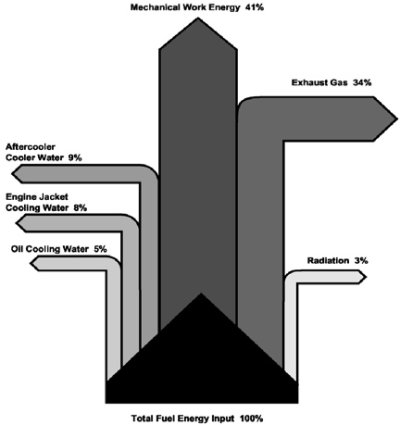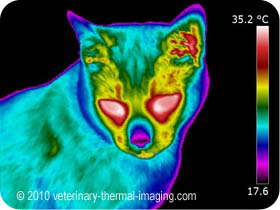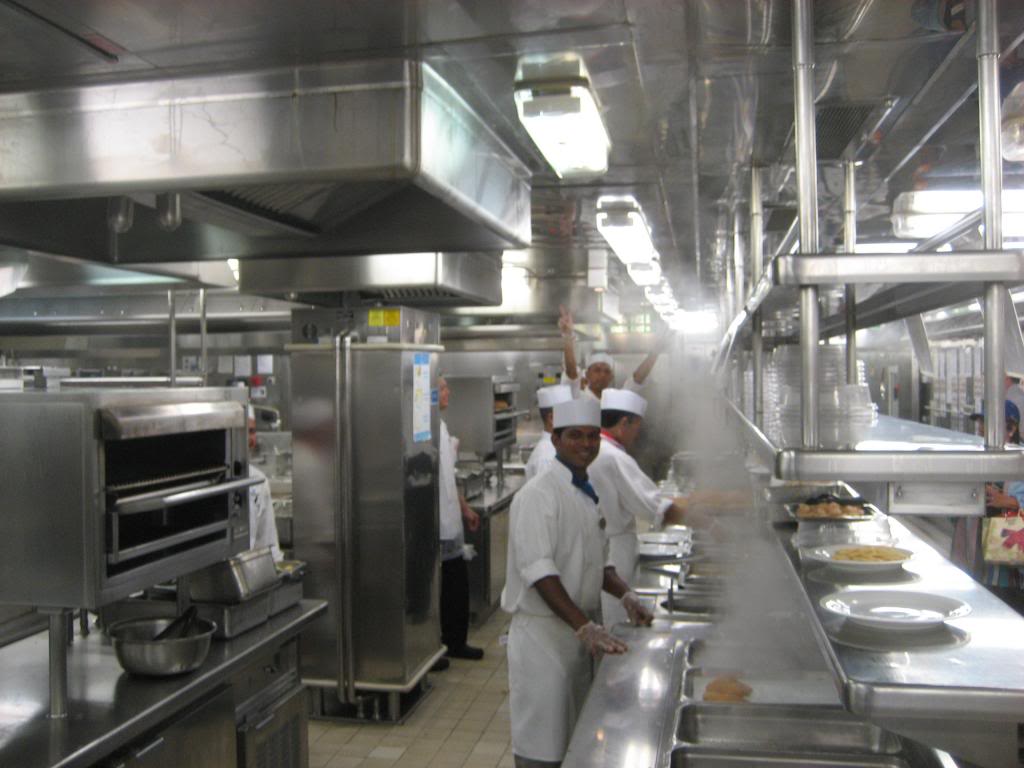psneeld
Guru
I'm going to toss a new wrinkle in the subject. The often stated and presumed assumption is that twins mean more friction and mechanical loss due to the second set of running gear, etc. I'll buy that, it's a no brainer, but WAIT!!
What about the fact that most of our boats have the single engine running gear mounted behind a big old keel. Disturbed water!! Singles are running in clean water well away from the keel. Aha an efficiency gain. Do they cancel each other out? They may well.
Much of the reading that discusses flow suggests that below 10 knots there is so little disturbance created that either twins or singles suffer little from the drag standpoint but running gear losses are greater than some would believe (depending on setups of course).
If drag at displacement speeds was such a big deal...I doubt you would see so many keel coolers that aren't all that streamlined. Sure approaching 10 knots and above streamlining helps....so a little is done but they are still sticking out to sme degree.





 ......
......

